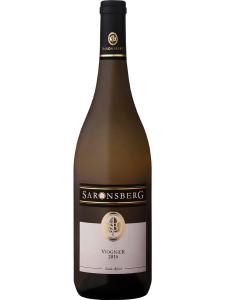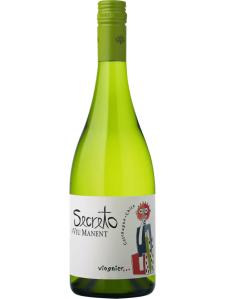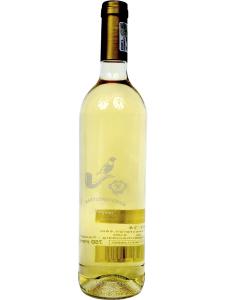-
中文名:
-
英文名:Viognier
-
种植区域:
-
香气:
-
颜色:
Viognier is a white-wine grape variety known for producing textural, aromatic wines with pronounced stonefruit flavors; 'apricots and steel' are the variety's classic flavor associations. On the nose, Viognier wines can also be very herbal, with aromas of chamomile, lavender, thyme and even a hint of pine. In aged examples and sweeter styles, this potentially overpowering herbality is softened by honeyed notes.
In the late 1960s just 40 acres (16ha) of Viognier vines were all that remained in the world, located exclusively in the vineyards of Condrieu and Chateau-Grillet. Happily, the 1970s saw new life breathed into the near-extinct variety, by the Yalumba winery in Australia's Eden Valley and a handful of Californian wine growers (notably Calera in Mount Harlan). During the 21st Century, Viognier has had a remarkable renaissance, and is now found in France, Italy, Spain, Switzerland, the U.S., Chile, Argentina, South Africa, Australia, New Zealand and even Japan. In some instances the plantings remain experimental, as in Rioja and Piedmont, where local wine laws impose restrictions on how the variety can be used. In other locations, notably California and Australia, Viognier has emerged as a prestigious niche variety.
The reason for Viognier's former decline is also the reason for its current cachet. It is hard to cultivate and not naturally predisposed to producing healthy, reliable yields. Moreover, thick-skinned Viognier grapes have naturally low acidity and require a great deal of sunshine to ripen properly. Too much heat and they yield overblown, hotly alcoholic wine that lacks the fresh, steely, apricot zing that is part of the variety's appeal. (© All rights reserved, Wine-Searcher)
It is precisely this difficult balancing act that has led to so many late harvest Viogniers being created. As winemakers anxiously wait for their grapes to develop the right flavors, the sugar levels go through the roof, often leaving a sticky late-harvest style as the only option. Both Condrieu and Chateau-Grillet produce sweet versions of their wines to complement the dry ones, particularly in hot vintages, which drive yields down and sugar levels up.
The terroir required to produce quality Viognier is warm and sunny, with a specific soil type. The steep granite slopes of Condrieu and Chateau-Grillet have proved able to create perfumed Viognier wine that confidently treads the tightrope between feminine, elegant fragrance and sinuous muscularity.
On the Cote Rotie, Viognier is co-fermented into the appellation's Syrah-based wines, and the permitted 20 percent makes a significant difference to the final product. Here, the limestone soils of the Cote Blonde have proved well suited to the variety (and certainly better than the darker, ferrous schists of the Cote Brune). Other terrains have not been so successful, particularly those lacking good drainage. Californian Viogniers in particular have tended towards the over-powerful end of the spectrum, many reaching 15 percent ABV. In Australia, Eden Valley Viognier produces the nation's finest examples of the variety, although the cooler areas of New South Wales are also showing significant potential as Viognier-producing regions.
Ongoing ampelographic research at the University of California has suggested a genetic link between Viognier and the Piedmont varieties Nebbiolo and Freisa.
Food matches for Viognier wines include:
- Grilled salmon on dauphinois potatoes
- Spicy mango and cashew nut salad
- Glazed apricot tart





